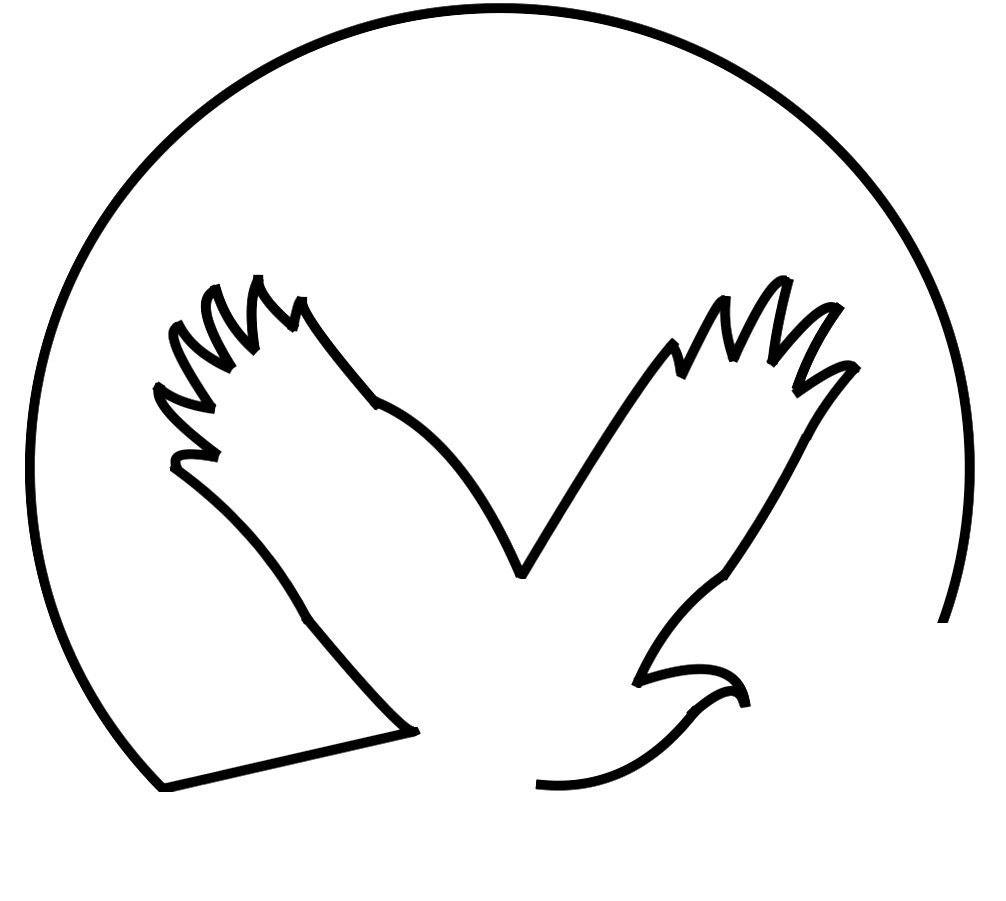The key to quickly grading any Lincoln Wheat cent lies in the wheat lines of the primary reverse design, the durum wheat stalks. The coin's wheat lines are a large and prominent element in the design and offer the grading benefit in that their wear pattern is consistent. Certain dates, such as the key date, the 1909-S VDB, have stronger than usual wheat lines and may grade a bit lower than this guide may recommend. Other dates, like a few mintmarked years in the 1920s, should be adjusted a grade higher than this guide would indicate due to their relatively weaker wheat lines. A coin of any year suffering from a particularly problematic strike to the wheat stalk design would also interfere with making a grade determination, though this pitfall exists even if grading by the entire coin surface when the weak strike is not recognized. Short of a date-by-date analysis, it would be impossible to account for every incongruency. This QuickGrade guide and the entire concept of grading by a single part of the design will not be 100% accurate, but it has proven to produce results that are usually correct.
Push any grade button along the tab below to get started
Low-grade Wheat cents will have no detail remaining at the end of the wheat stalks. The coins will grade "about good" or "fair" and will show absolutely no wheat lines. The primary difference between such coins and those grading "good" is that the wheat ends themselves will hardly possess an outline. Coins at this level will show significant blending between the wheat ends and the rim and surrounding field.
A Wheat cent with no discernable wheat lines, yet a full outline at the end of the wheat stalk, should be graded "good." The example coin may show the slightest hint of a wheat line under magnification, but to the naked eye, the wheat stalk is smooth. The critical factor is that a coin absent of any wheat lines in any meaningful capacity should receive a G grade.
Whenever the wheat stalks of a Wheat cent show any perceptible detail, the coin should be graded as "very good." The example coin shows only a few wheat lines, though it appears somewhat stronger under magnification. The goalposts for what constitutes a VG range from making the qualitative conclusions of "just a handful of wheat lines" to "about half the wheat lines are visible." To put it another way, if a collector views a wheat cent and observes a few wheat lines but not too many, the coin is a VG.
Wheat cents that grade "fine" are characterized by a set of wheat lines that are nearly full but show blending in a few areas. The example coin shows a small blend in the right wheat stalk and some moderate blending in the left wheat stalk. One could say that the detail is close to complete; nevertheless, the difference in this degree of blending is also the difference between a "fine" and a "very fine." A Wheat cent should be graded as an F if the comprehensiveness of the wheat lines just misses the cut.
A "very fine" Wheat cent has wheat lines that are full and plain. This is the "no frills" complete wheat stalk cent. The example coin has a reverse with wheat stalks whose lines are barely separated at parts, especially those towards the tip. The magnified image also confirms that the entirety of the wheat lines show flatness and wear. As a coin graduates to higher grades within the VF range, the quality of these wheat lines improves, yet the grade range never includes coins whose lines are bold. If a collector has a coin with full wheat lines, but their presentation is certainly mundane, the coin is a VF.
The difference between a "very fine" Wheat cent and one grading "extremely fine" often boils down to the strength of the wheat lines, which should be full on coins of either grade. The XF Wheat cent displays wheat lines that are bold and well separated. Such a difference is evident even without magnification. Even if observing a coin quickly and casually, there would be no doubt that an XF example retains loftier levels of detail. The collector will be holding an XF cent if the wheat lines are three-dimensional and reminiscent of the coin's original appearance.
Discerning between an "extremely fine" coin and one that is "about uncirculated" is tricky. Both should present bold details across the wheat lines, and while an AU coin will have even less superficial wear, the difference would be marginal. One may point to the varying levels of luster that should always be stronger on AU coins, but it is easier to look at grime levels between each wheat line. Wheat lines were veritable reservoirs for grime. Minor handling by human hands usually imparted minuscule debris between these lines more quickly than wear would flatten them. An XF Wheat cent will show regular levels of grime, while an AU example will usually show only minor amounts. Making this determination, in conjunction with an assessment of the coin's luster, should allow a collector to differentiate between an XF and an AU coin.
Many Wheat cents in "brilliant uncirculated" condition are very lustrous, with reverses possessing multiple cartwheels bouncing light off of "shiny" wheat stalks and other devices. BU coins should not exhibit any wear, a trait not shared with AU pieces. It is difficult to judge the difference in wear on a BU or AU Wheat cent by observing a less intricate design element like a coin's wheat lines. Once one determines a coin clearly has very bold wheat lines, the focus should be on the luster over the design. Regardless of color, BU coins are far grander in this respect than AU pieces. If a collector has a coin with superb wheat line detail and the glory of full copper luster to match, the coin is in BU condition.


